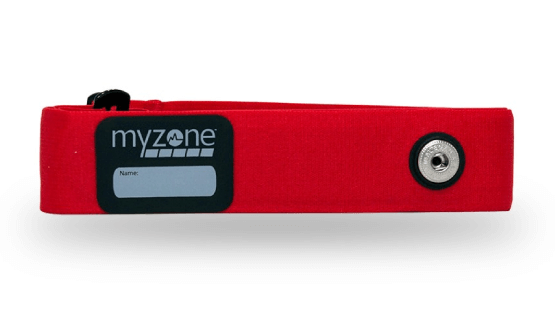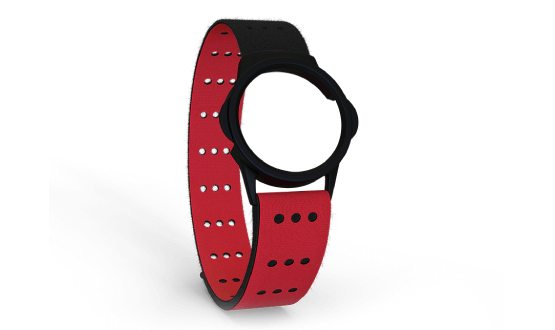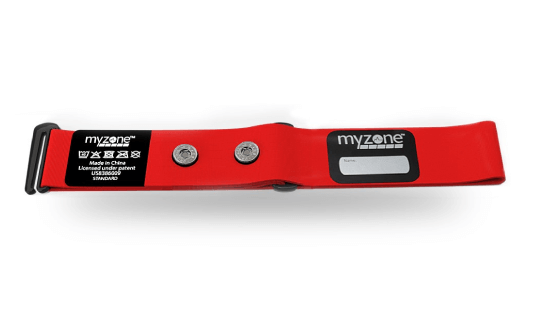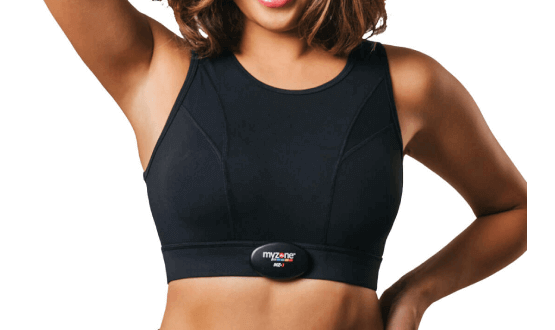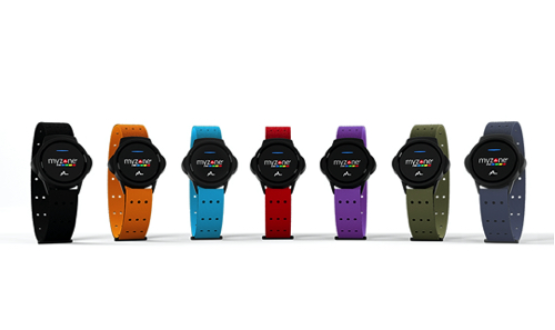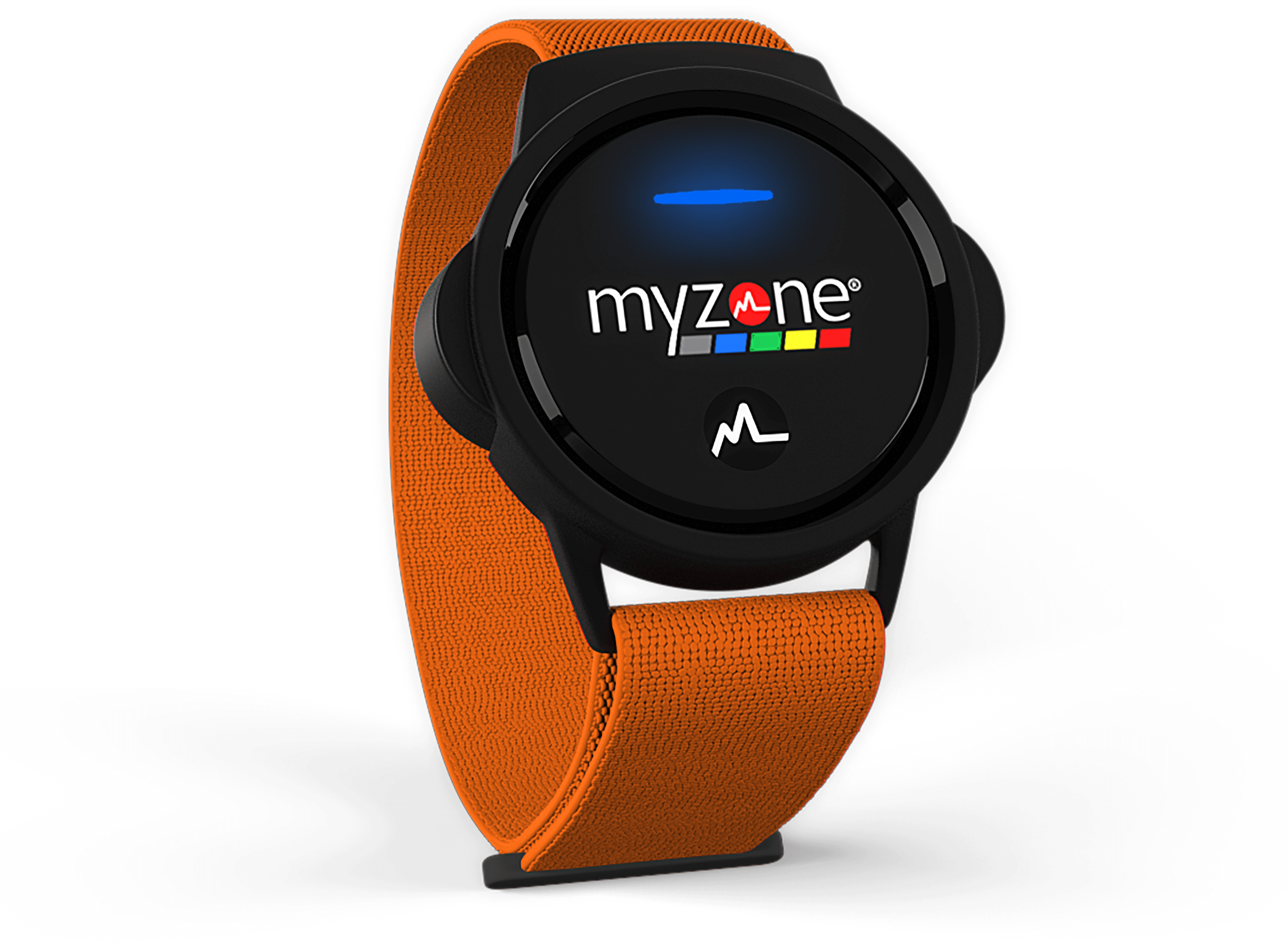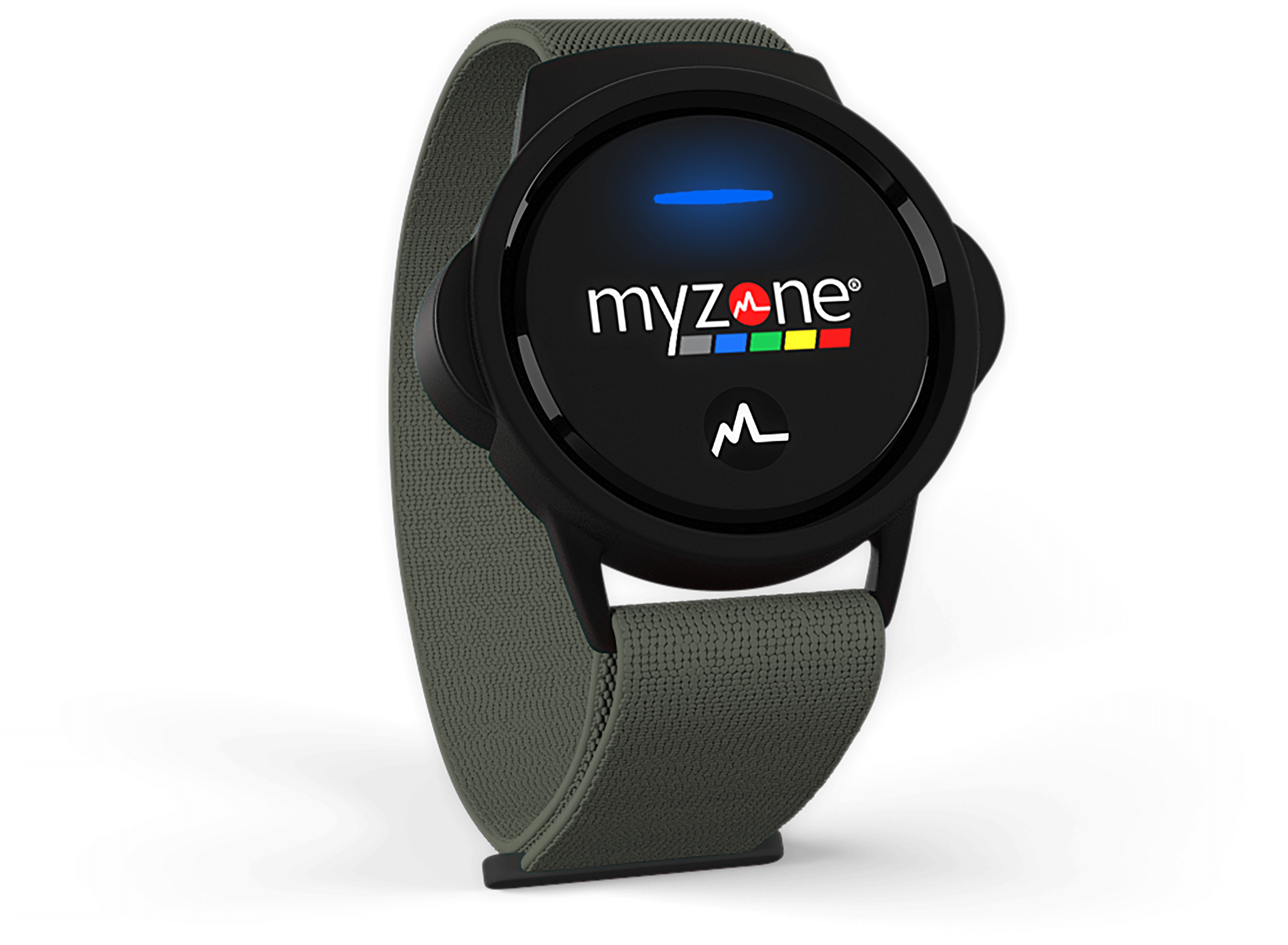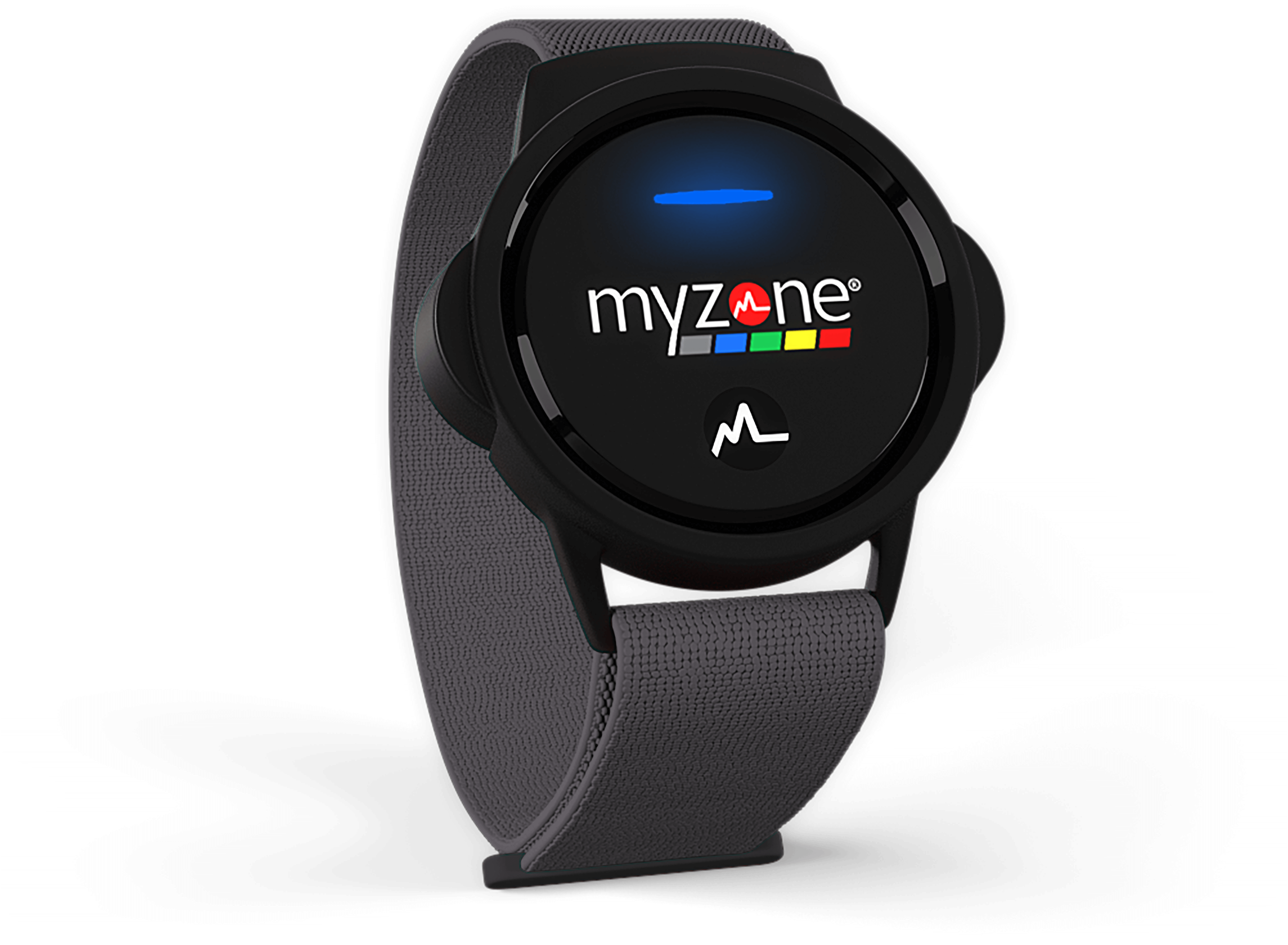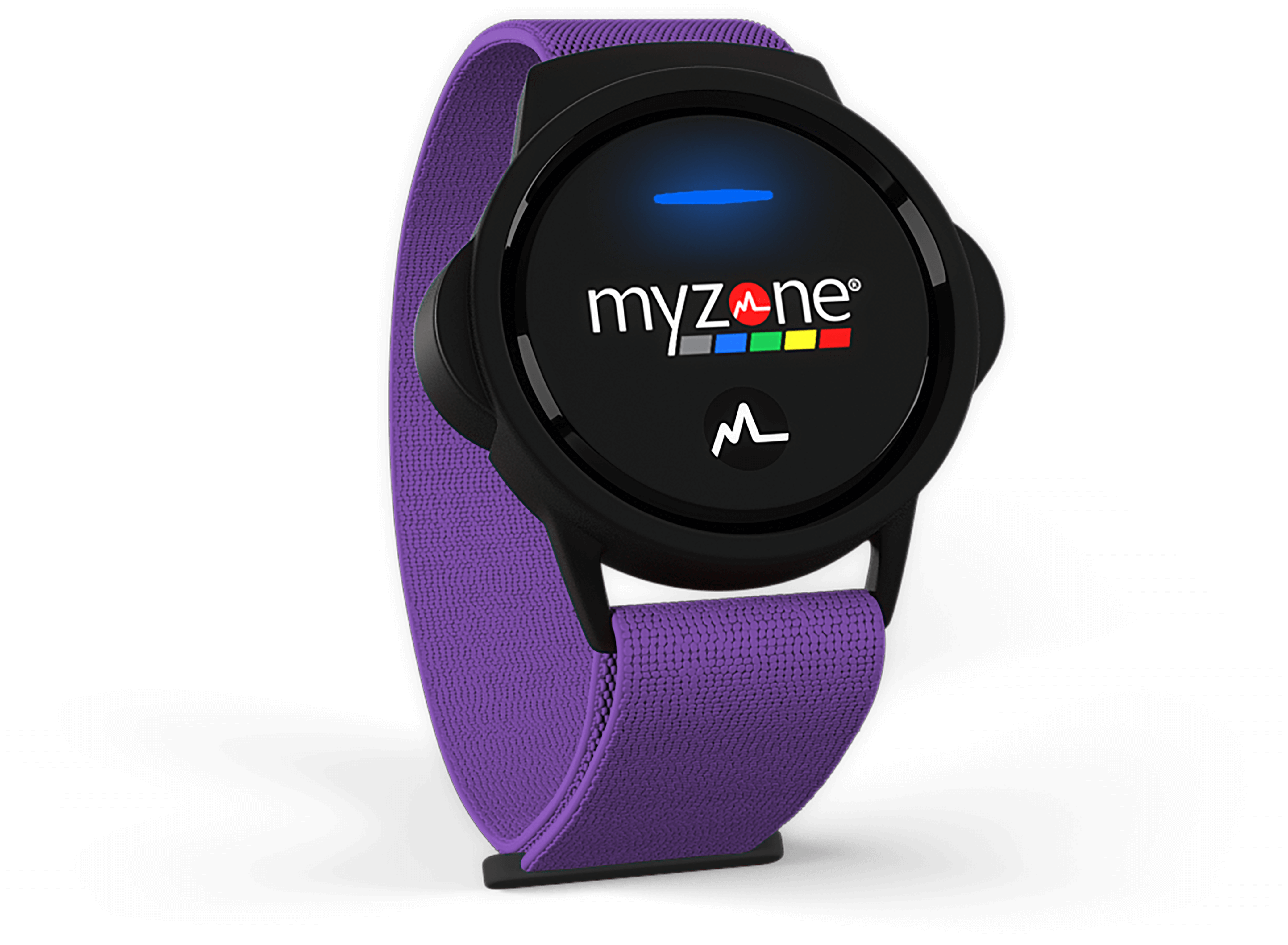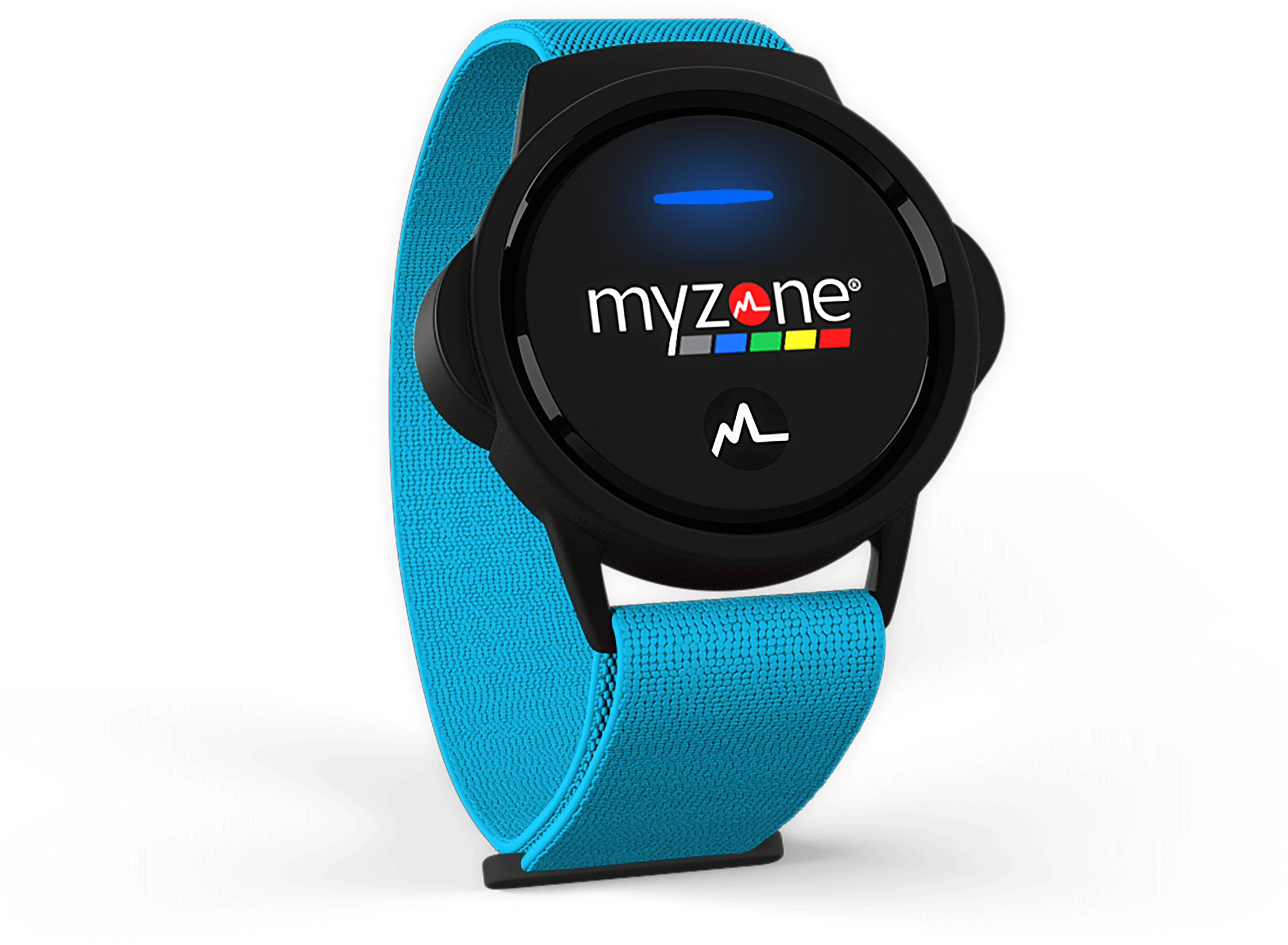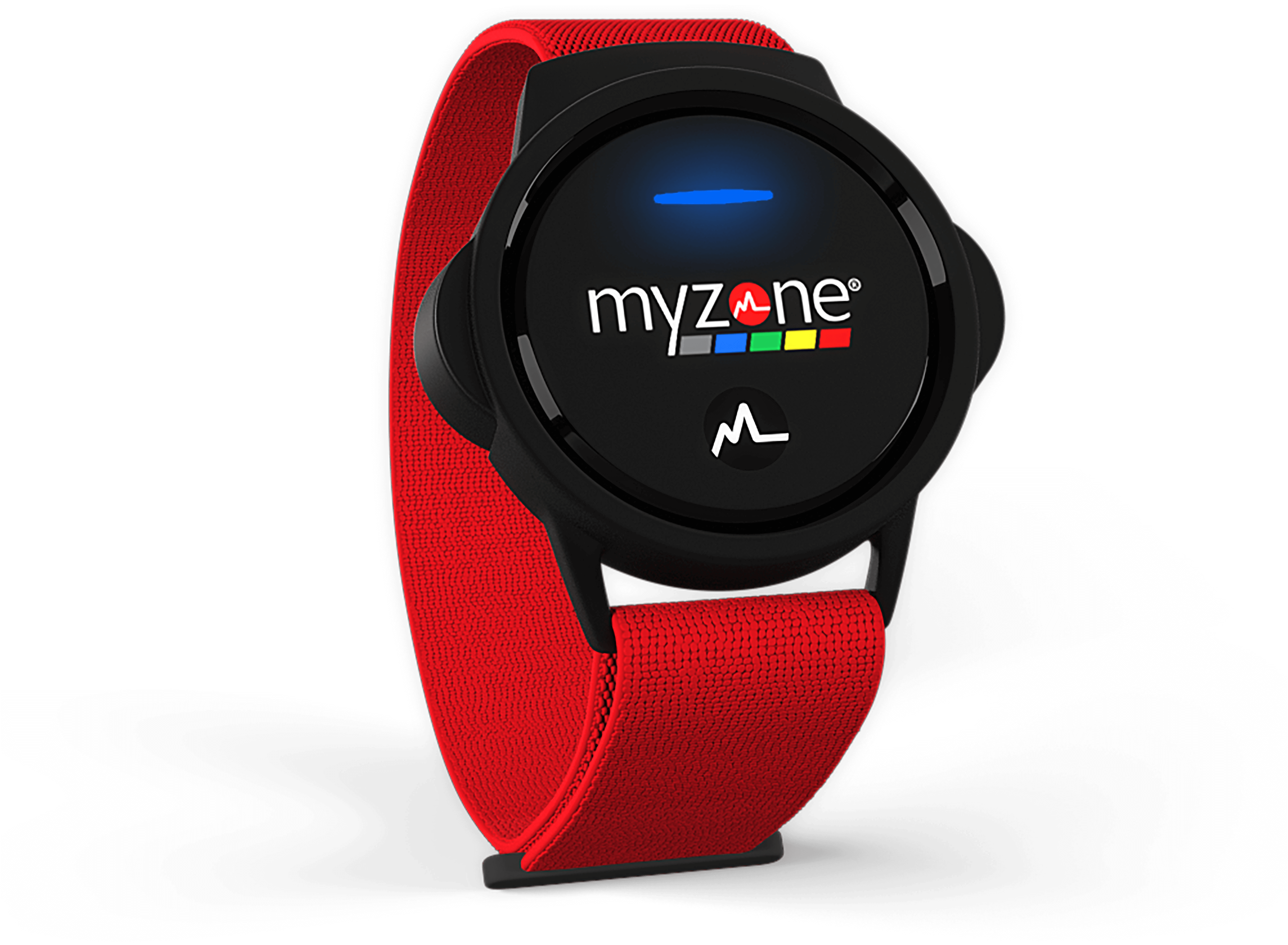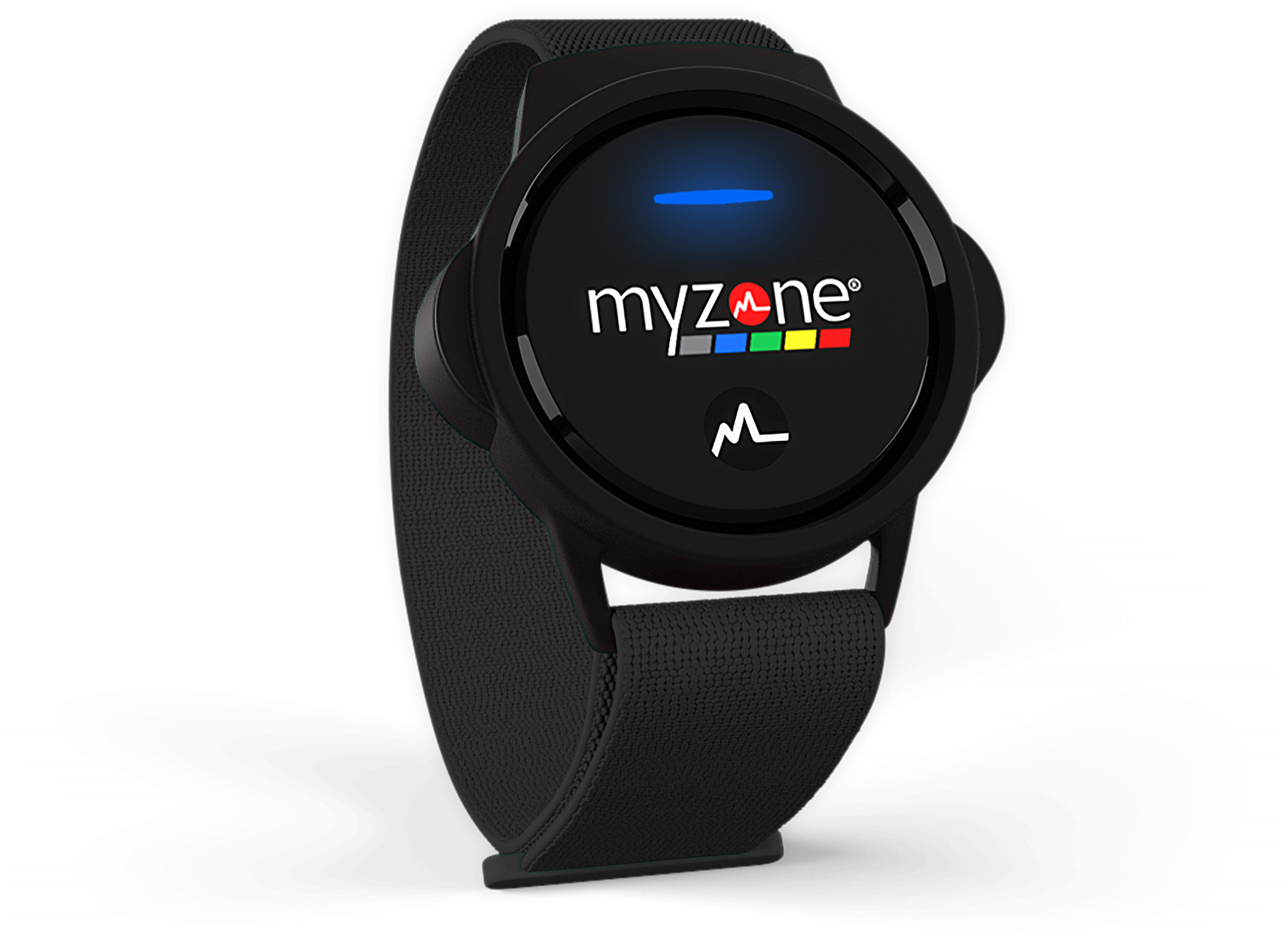Have you recently taken your body and mind to the RED zone? Reaching the RED zone can be an incredibly challenging, yet incredibly rewarding experience.
The RED zone is a high or vigorous intensity zone – in fact, it’s the highest-intensity zone of Myzone’s 5 color zones. As such, it must be used wisely within your training routine.
In this blog, we’ll break down the RED zone and how you can best use it as a part of your workout routine.
What is it?
The RED zone indicates 90-100+% of your estimated maximal heart rate (MHR). You earn 4 MEPs per minute in the RED zone. When you are in the RED zone, you should feel like you are working close to or at your maximal effort. While you may be able to sustain the lower end of the RED zone for several minutes at a time (this depends on various factors), you should really struggle to hit and hold greater than 95% for any longer than 2-3 minutes. If you are able to sustain at least 95% for longer than this, your estimated MHR may be too low.
Your estimated MHR will adjust up when you hit 100% and hold it for 40 seconds or more.
Which activities will have us in the RED zone?
High-intensity activities using dynamic, large muscle movements are going to be required to get your heart rate into the RED zone. Running, cycling, and circuit training are three good examples.
Threshold training and interval training are good methods for RED zone work. See our previous blogs about threshold and interval training for specifics on how to perform these methods.
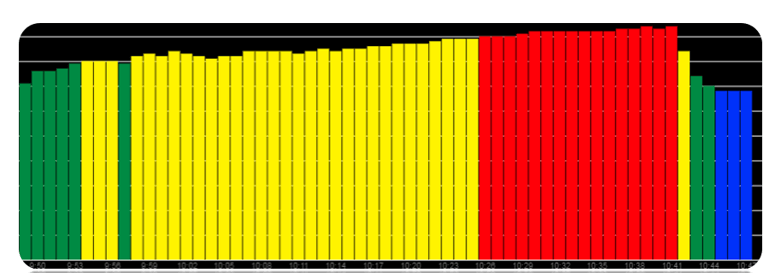
Image Caption: Here’s a profile of a ~40 minute threshold run (following a 10-15 minute warm-up not pictured) where I progressively increased my intensity into the RED zone and held RED for ~12 minutes before cooling down. This workout was performed in preparation for a 10k race and is an intense training protocol for intermediate or advanced exercisers. Though I was in the RED zone for ~12 minutes, I only briefly achieved over 95% of my estimated MHR.
High intensity interval training or HIIT is a great way to challenge your capacity in the RED zone. During HIIT, you can push yourself into the RED zone for 15 to 60 seconds (or a little bit longer if you have a high level of fitness), and then recover yourself into the YELLOW or GREEN zones. The duration of your recovery will depend on your fitness level and your fitness goals.
Try challenging yourself by varying the length of your recovery period - - try a few intervals with an equal push-to-recovery ratio, and then shorten your recovery time to half that of the push! A total of 15-30 minutes of HIIT training is plenty to improve your fitness and get a great workout! Of course, you will want to include a 5-10 minute warm-up and cool-down at the beginning and end of your HIIT training so that your body can properly prepare and recover from your workout.
When you perform a RED zone workout, you should feel like you pushed yourself near maximum! If you don’t, check in with your trainer
or a fitness professional at your facility to be sure that your maximum heart rate (MHR) is estimated correctly within the Myzone system.
 What are the benefits of working in the RED zone?
What are the benefits of working in the RED zone?
Some of the benefits of training in the RED zone include*:
- Improved aerobic capacity/maximal oxygen uptake: Oxygen uptake is your body’s ability to take in oxygen and supply it to working muscles eff
iciently. Maximal oxygen uptake is largely a function of cardiac output - how much blood the heart can pump. Stroke volume, the amount of blood your heart pumps in one beat, determines cardiac output. As you become more fit and challenge your heart at higher intensities (YELLOW and RED), you increase your heart’s stroke volume and cardiac output and improve your ability to take in oxygen and transport it to working muscles. More oxygen = more energy supply for working muscles = improved aerobic capacity! - Elevated lactate threshold: Lactate threshold is an indicator of your ability to exercise at higher intensities for a longer duration. Generally, the more fit you are, the longer you can exercise at higher intensities. Lactate threshold is the intensity of exercise during which there is an abrupt increase in blood lactate levels (your body is not able to clear it as fast as it is accumulating). Coinciding with higher blood lactate concentrations is the accumulation of hydrogen ions (metabolic byproducts of anaerobic metabolism) that contribute to acidosis (the burn or fatigue you feel during exercise). As you work at higher intensities and become more fit, your lactate threshold will increase, and you will be able to exercise longer at higher intensities before fatigue sets in.
- Higher caloric expenditure: Because higher intensity exercise requires more fuel, your body burns more calories as it performs the metabolic processes necessary to fuel your exercise. You may find that you burn three to four times the number of calories per minute in the RED zone than you do in the BLUE zone.
“Runners High” – Endorphin Release: With higher intensity exercise, comes an increase in the release of the “feel good” hormones – endorphins.
Endorphins are a natural mood enhancer as they are designed to block our experience of pain or discomfort during high exertion. Enjoy friends! - *Note that these benefits are the same as those experienced from the YELLOW zone; however, challenging yourself into the RED zone should expand your aerobic capacity and lactate threshold a little further than training in the YELLOW zone (and may be necessary to improve fitness if you have been performing aerobic activities for more than 6 months to a year).

How often should we be in the RED zone?
The World Health Organization & American College of Sports Medicine recommend that adults perform >150 minutes of moderate-intensity (BLUE & GREEN zone) OR 75 minutes of vigorous-intensity (YELLOW & RED zone) cardiorespiratory activity per week (or a combination of the two). So, if you are spending ~30 minutes in the YELLOW and RED zones three days a week or ~20 minutes four days a week, you will meet the minimum recommended guidelines for a healthy lifestyle.
If you have fitness or performance goals that extend beyond general health and well-being, you may spend more time in the RED zone to take yourself to another level.
RED zone workouts should be very challenging, and they should tax your body. In fact, that’s the point – we overload our body so that we can see adaptations. Whenever we overload our body, it is important that we give it time to rest and recovery so that it can make the necessary adaptations before we overload it again. If we do not offer enough time for recovery, we experience diminished returns and are at risk of over-training and injury.
Give yourself at least 24 hours between RED zone workouts, and if you are newer to exercise, give yourself at least 48 hours. We also recommend alternating your YELLOW and RED zone days with BLUE and GREEN zone days to offer your body and mind a little more recovery. It is better to gradually progress in a way that allows you to sustain your healthy lifestyle than to blow out after a few weeks. Be sure to listen to your body and take rest when you need it. Consult a fitness professional if you are not sure how to effectively use the RED zone to achieve your goals.
We want to know how your workouts are going! Post your workouts and your MYZONE Workout Summaries on Twitter, Facebook, and Instagram using the hashtags #MYZONE, #myzonemoves, and #effortrewarded.
Keep moving forward!



